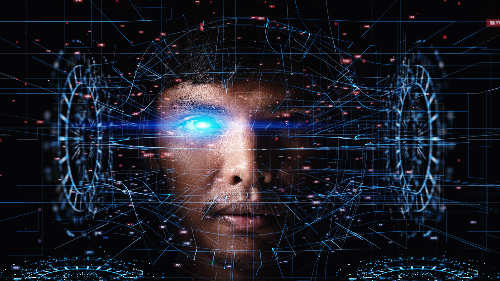
Canadian BIM and Digital Twin Digest: Digital Twinning in Construction; Evolution in Planning Tools with Construction 4.0; BIM Contributes to Sustainability; Digital Twins helping Supply Chains; Investing in BIM and Digital Twins; Digital Twins address Societal Issues
Digital Twinning Solves Challenges in Airport Construction
Bentley BIM applications and ProjectWise sped up and improved productivity during the building of Ezhou Huahu International Airport, by resolving issues and saving costs with better results than with traditional methods.
Ezhou Huahu International Airport, Asia’s first professional cargo airport, is China’s aviation logistics port and multimodal international cargo hub. It has an annual capacity of 1.5 million passengers and 2.45 million tons of cargo by 2030.
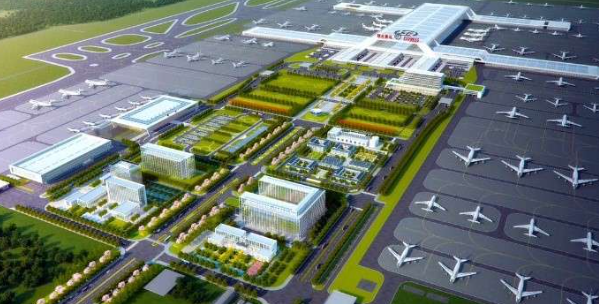
Hubei International logistics Airport overlooked all construction and operations management. Hubei was faced with no existing civil aviation BIM standards and 25 million model components and needed a digital platform to deal with these and other challenges. The solution was Bentley’s BIM iTwin technology. This multidisciplinary BIM also solved the challenge of multi-data fusion of the components of the airport guaranteeing future operation, construction management, and maintenance data.
https://www.airportsinternational.com/article/case-study-digital-twinning-construction
Revolutionizing the Construction Industry with Help from Construction 4.0
DEF Software believes Construction 4.0 will gain even more momentum in the construction industry in the near future as it increases efficiency, feasibility, and other benefits with its futuristic technology.
Artificial Intelligence (AI) and Virtual Reality (VR) can be used to build models and projects before building, saving time, money, safety, and more. BIM (Building Information Modeling) and VR can create improved visualization for planners by giving a clearer picture with an immersive 3D model.

Building control teams can go through the model with all specifications, virtually, and make decisions quickly in real-time. There are countless safety benefits when information is available before building. Any issues can be addressed before building begins. VR can also help with creating a positive public opinion of future building projects since people would be able to see the full details of the final product.
https://www.pbctoday.co.uk/news/bim-news/construction-4-0-digital-planning-tools-bim-vr/111228/
BIM Plays Important Role in Projects Sustainability Goals
Implementing BIM in a project before construction can lead to improved sustainability.
Sustainability is considered during all phases but starts in the design phase of a project. A BIM or Digital Twin of the project can be extremely valuable, increasing efficiency. Since there are so many involved in the design stage, information could be updated by everyone on an effective platform.
A BIM reduces construction waste, increases community engagement (as people can be kept up to date on construction as it progresses), and helps projects keep up on government regulations and changing building standards.
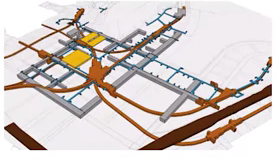
A BIM or Digital Twin can help immensely in the design process, helping to stay close to building regulations in real-time, and with continued communication between parties by having an interactive platform. BIM allows for monitoring and managing energy efficiency developments, with any issue addressed right away.
Digital Twins Support Supply Chains Through Disruptions
Chief supply chain officers need to make quick, informed, real-time decisions that require seeing future scenarios and knowing what is happening in the supply chain at that moment. Digital twins can help.
A digital twin can improve both performance and visibility of the supply chain, as well as boost revenue, time to market, and upgrade the quality of products. To be successful, three things must be considered: gather data, identify important areas you want to improve first and keep systems integrated.

Complex supply chains and changing market conditions benefit from digital twin technology. A digital twin can provide a digital simulation of the supply chain’s present state and potential future. The twin can also flag risks, show issues, demand, levels of inventory, sales and supply data, KPIs, and other needs.
Digital Twins Effectiveness Discussed
Digital twins have been helping many industries manage machines or buildings for years.
With many new, advanced buildings already using digital twins, as well as offices and warehouses updating their systems of managing, and increased technology inside houses, there is a growing need for digital management companies to manage and monitor additional data.
A digital twin, in these situations, is a digital model that provides information and alerts regarding maintenance and status. Services may or may not be in real-time due to the type of provider. Digital twins and AI predictive algorithms can assist in problem identification and resolution before the issue becomes critical.

Problems facing owners and management include: lack of evidence of efficiency, lack of trust and investment indicators in the building information modeling sector, clients need to know what they want (security, control, energy efficiency), and strong databases for processes.
To use digital twins successfully, goals, intentions, and structural data backgrounds must be defined for clients. The technology is here, we just have to use it properly.
https://www.enr.com/articles/54319-what-is-the-real-bottom-line-with-digital-twins
Societal Issues Addressed by Hexagon and Fujitsu Using Digital Twins
Hexagon and Fujitsu recently announced their partnership at the HXGN Live Global 2022, a digital technology conference put on by Hexagon. The partnership is for contributing technologies to create a peaceful, sustainable place for all to live.
Cities can use the data to address issues like climate change and stop traffic fatalities. The partnership aims to help cities use the information to solve issues in the government, public, and transportation sectors. The information can be used to increase safety, reduce emissions, optimize operations and increase safety.

Technology to be used in all sectors to meet sustainability and safety goals:
- Digital twins
- Internet of Things (IoT) sensors
- AI
- Data processing
- Computing infrastructure
- Data visualization in the cloud

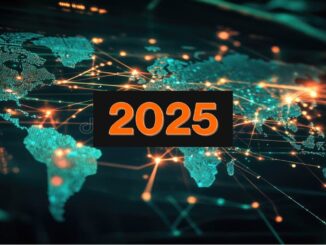
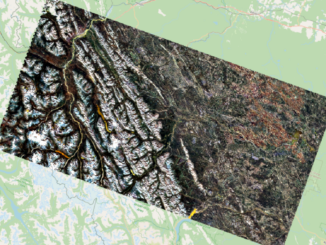

Be the first to comment